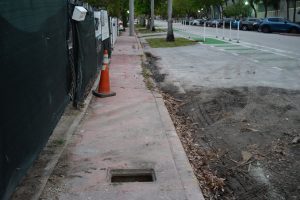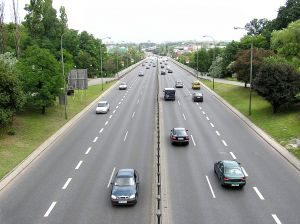 Owners and occupiers of premises have a duty to warn invitees (e.g., shoppers in mall, residents of condominium) of latent or concealed perils of which they know or should know. Krol v. City of Orlando, 778 So. 2d 492 (Fla. 5th DCA 2001).
Owners and occupiers of premises have a duty to warn invitees (e.g., shoppers in mall, residents of condominium) of latent or concealed perils of which they know or should know. Krol v. City of Orlando, 778 So. 2d 492 (Fla. 5th DCA 2001).
Conditions such as uneven floor levels and sidewalk curbs have been found by Florida courts to be open and obvious. E.g., Bowles v. Elkes Pontiac Co., 63 So. 2d 769, 772 (Fla. 1952) (concluding that uneven floor levels in public places do not constitute latent, hidden, and dangerous conditions); Gorin v. City of St. Augustine, 595 So. 2d 1062, 1062 (Fla. 5th DCA 1992) (concluding that sidewalk curb used as platform to pick up and drop off passengers riding a tram is not hidden dangerous condition); Aventura Mall Venture v. Olson, 561 So. 2d 319, 320 (Fla. 3d DCA 1990) (finding that six-inch sidewalk curb located at a mall is not “concealed or latent danger”).
The obvious danger doctrine recognizes that owners and occupiers should be legally permitted to assume that an invitee will perceive that which would be obvious upon the ordinary use of their senses. See Circle K Convenience Stores, Inc. v. Ferguson, 556 So. 2d 1207, 1208 (Fla. 5th DCA 1990). This doctrine is counterbalanced by the principle that a landowner’s duty to maintain his premises in a reasonably safe condition is not discharged by the dangerous condition being open and obvious. De Cruz-Haymer v. Festival Food Mkt., Inc., 117 So.3d 885, 888 (Fla. 4th DCA 2013).
 Florida Injury Attorney Blawg
Florida Injury Attorney Blawg




